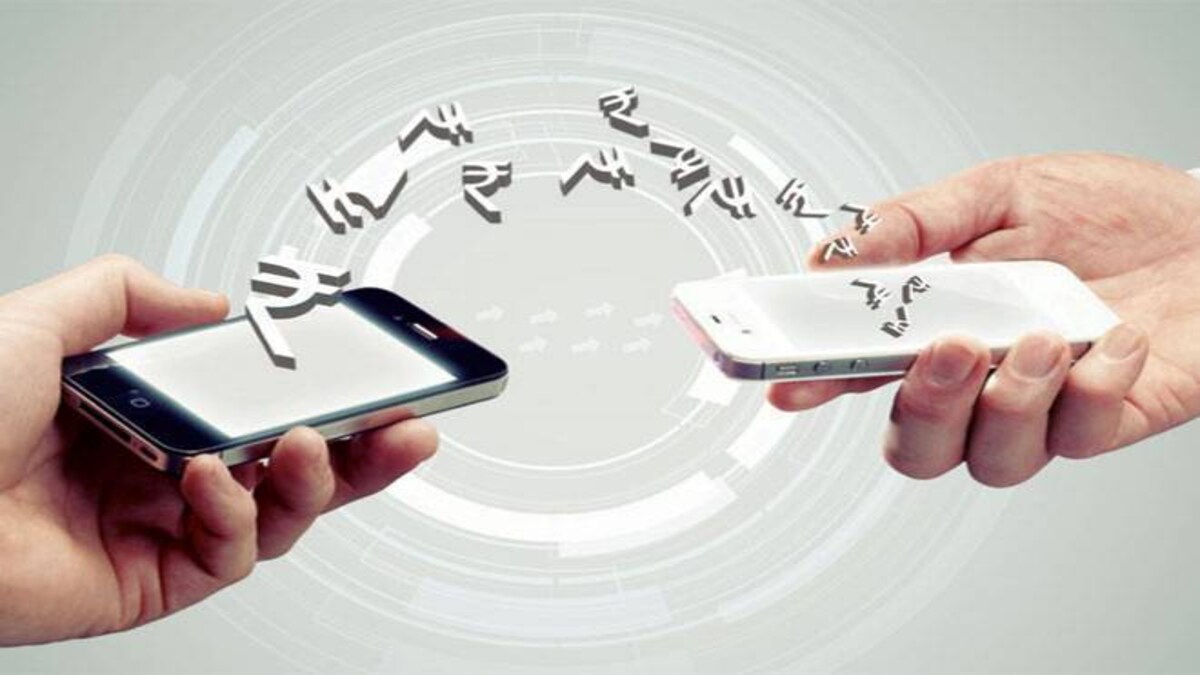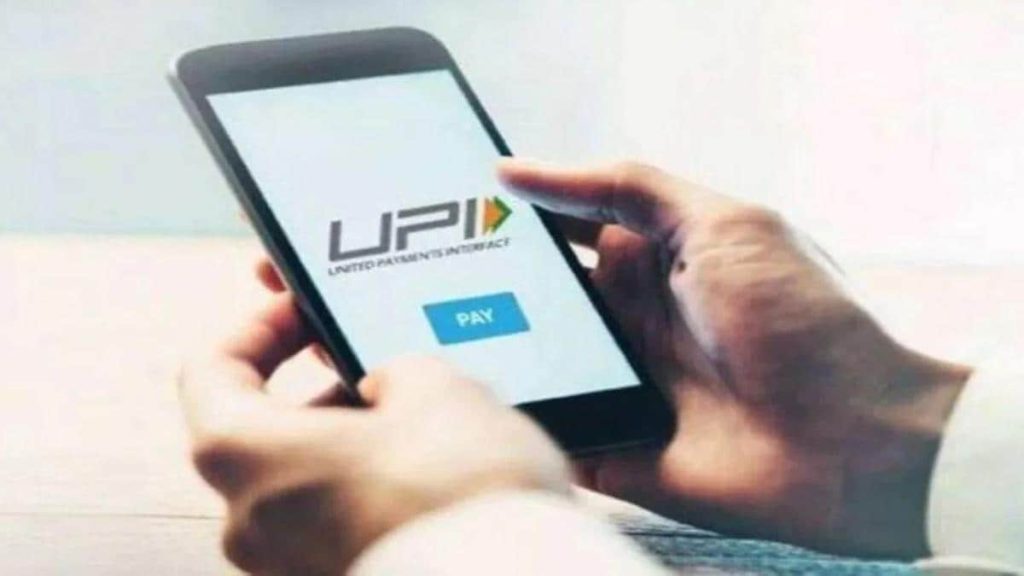Payment systems are being impacted by the technology transformation now taking place in the modern world. FinTech, short for “financial technology,” is a term that refers to the ways in which new developments in this field are modernising outdated methods. The demands for digital banking, financial, and payment services have been pushed by the COVID-19 epidemic, just as digital technology has been and will continue to reshape payments, lending, insurance, banking, and more.

The transition from brick-and-mortar banks to internet banking has had far-reaching effects on the ways in which consumers make purchases. This shift is being fueled by reasons including cheaper transaction processing, better security, and easier access to information via online banking and mobile apps. Payment alternatives such as UPI, debit cards, digital wallets, and other techniques have put the whole banking system within the reach of the general public, relieving individuals of the burden of worrying about the safety of their money.
Prime Time For Real-Time estimates that in 2021, India would have 48.6 billion real-time transactions, making it the leader in this market. UPI has simplified and streamlined the process of making instantaneous payments by facilitating their completion on mobile devices. The healthcare system, the academic community, and corporations have all profited immensely from UPI payments. A further expanding aspect is the incentive-centric demand creation approach that has allowed UPI industry operators to offer cashback and prizes to their clients. Utilizing these methods, we have been able to boost client loyalty and recruit new ones.
The National Payments Corporation of India’s (NPCI) AePS (Aadhaar Enabled Payment System) enables users to perform financial operations such as withdrawing cash, creating a mini statement, and checking account balances using just their Aadhaar. It has made it considerably easier and safer to use Aadhaar for online and mobile banking transactions. To transact, an Aadhaar holder can utilise the service of any participating AePS provider, as the service is interoperable.
With the aid of this technology, people in rural and outlying locations may now have access to banking services. Statistics presented at the India Digital Summit 2022 revealed that more than 40 crore last-mile banking transactions were conducted monthly over 50 lakhs Aadhaar ATMs in January 2022. Another trend that has been on the upswing in recent years is the acceptance of payments using Quick Response (QR) codes. Quick Response (QR) codes are becoming increasingly popular as a means of payment, especially among independent retailers. Google Pay, PhonePe, and Paytm are three of India’s most popular QR code payment solutions, all of which increase payment options and security.
Payments made with QR codes are becoming increasingly common due in large part to their simplicity. A traditional point-of-sale terminal or card reader is unnecessary. Simply scan the QR code with your smartphone to gain access. QR code payments are becoming increasingly popular among local and small businesses due to their inexpensive transaction fees, reduced risk of fraud, and increased visibility into client behaviour. The most important perk for clients is the ease of use. They can pay without worrying about bringing around any sort of money or plastic.
By using a payment link, also known as “pay by link” or “pay by link,” consumers can make purchases online without disclosing their credit card information. One way to achieve this is by creating a one-of-a-kind payment connection for each individual consumer. The ability to pay someone from a distance via a simple link has proven to be a huge time saver.
PhonePe, Paytm, Razorpay, PayU, and Amazon Pay are just a few of the famous pay-by-link service providers in India. The consumer is only required to click the link to complete the transaction. Since the customer’s card information is never revealed to the retailer, this approach is safe. It’s also hassle-free because you won’t require a point-of-sale terminal.

As our society becomes increasingly digital, so does the way we make purchases. The development of financial technology has facilitated the performance of monetary transactions. The financial industry is actively developing new technologies to improve payment safety, processing time, and user friendliness.
The government’s drive toward a cashless economy is boosting the use of electronic payment methods. Financial systems will become more effective with the implementation of these technologies. In order to promote financial inclusion and move toward a cashless society, this initiative seeks to reduce the use of cash in daily life in India. In the years to come, we may anticipate this trend to continue and even more ground-breaking approaches to this problem to emerge.

